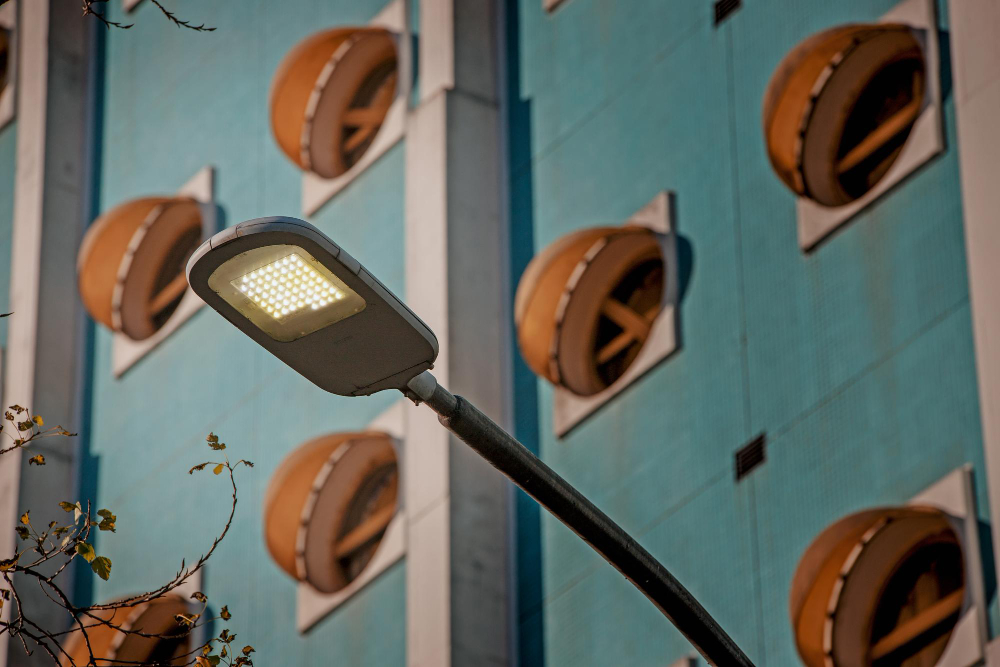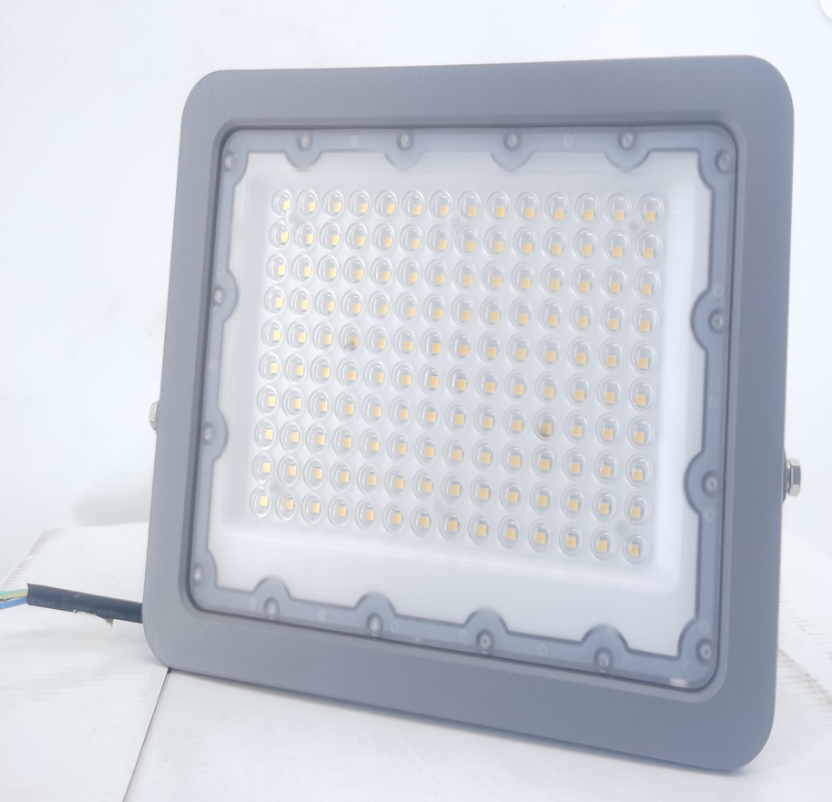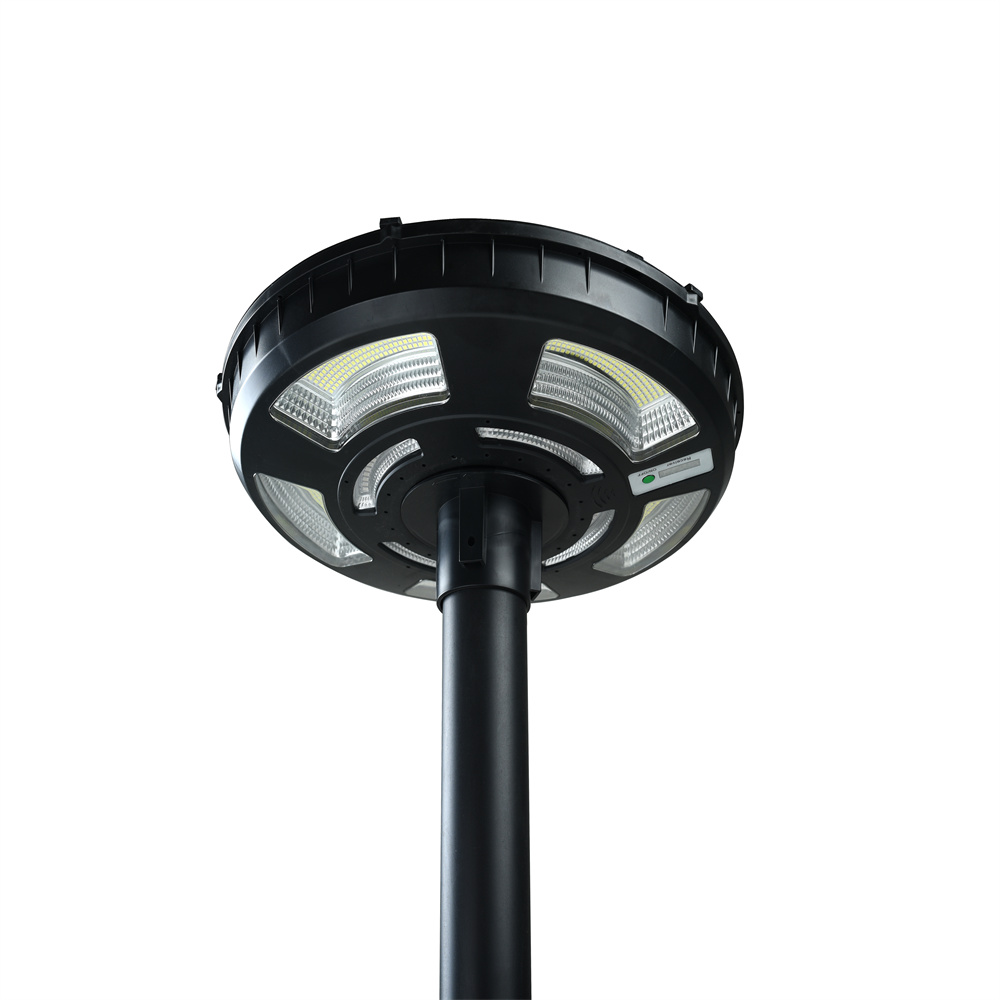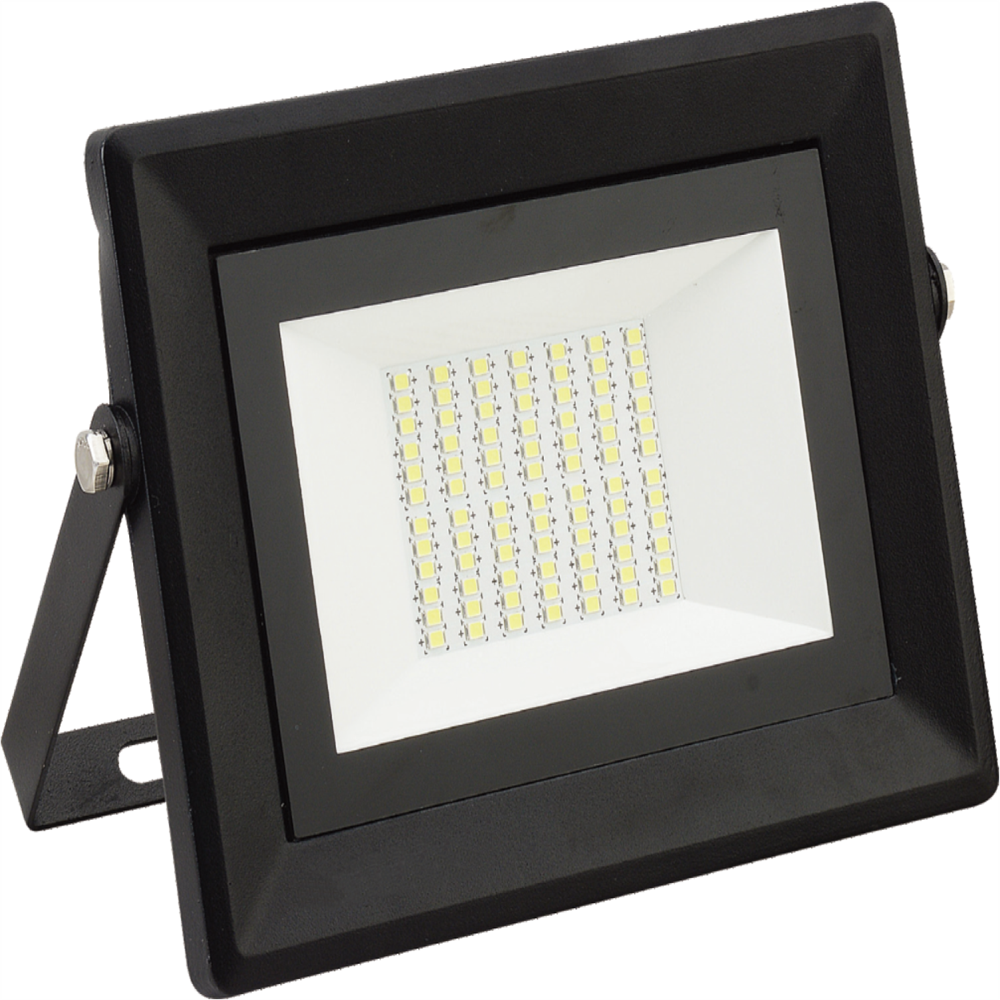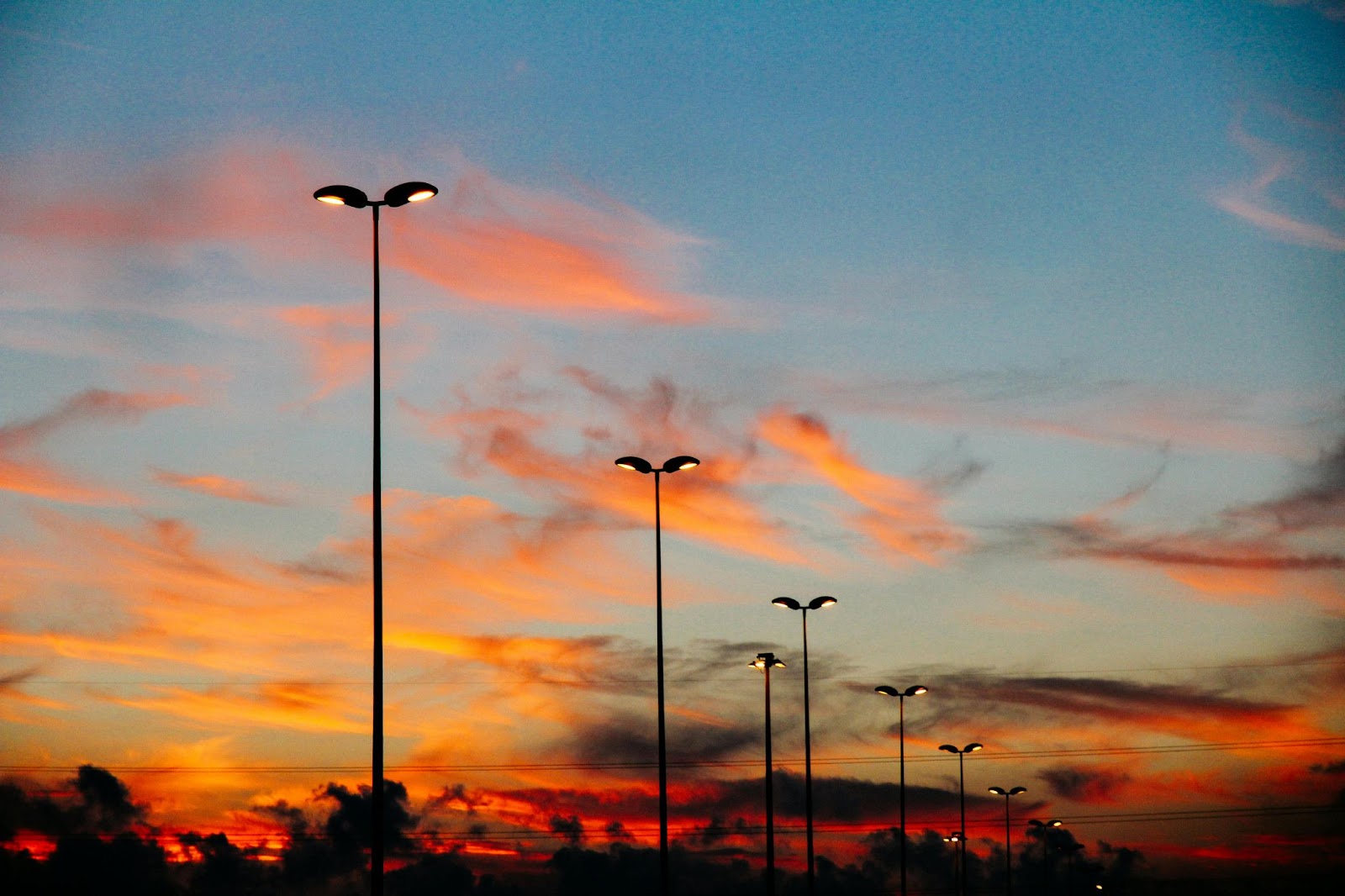Stadium lighting is crucial for allowing spectators to follow the action on the field and providing athletes with good visibility for playing their sport. With the right illumination, stadium events become more engaging and memorable experiences. There are several factors to consider when selecting lighting for a stadium, from light output and coverage to energy […]
Stadium lighting is crucial for allowing spectators to follow the action on the field and providing athletes with good visibility for playing their sport. With the right illumination, stadium events become more engaging and memorable experiences. There are several factors to consider when selecting lighting for a stadium, from light output and coverage to energy efficiency and controllability.
Here is an overview of some of the most common and effective stadium lights.
LED Stadium Lights
LED stadium lights have become the gold standard in modern stadium illumination. LEDs offer extremely high light output with lower energy use compared to traditional lighting. The luminous efficacy of LEDs continues improving, with some models achieving over 160 lumens per watt. This exceptional efficiency helps stadiums slash electricity costs and lighting operational expenses.
LED lights also provide excellent controllability through dimming and smart lighting controls. Modern LED systems integrate wirelessly with software to allow remote programming of light levels, schedules, and custom scenes. This allows stadium operators to tailor the lighting to each specific event.
Some key benefits of LED stadium lights:
- High luminous flux up to 200,000 lumens
- Lifespan of 60,000 – 100,000 hours with minimal lumen depreciation over time
- Instant on/off with no warm-up or cool-down time
- Dimmable down to 10% of maximum output
- Color temperatures between 3000K and 7000K available
- Enhanced color rendering that improves visibility
- Directional optics that maximize delivered lumens on the field
- Withstand vibration, dust, moisture, and temperature fluctuations
- Low maintenance requirements
Metal Halide Stadium Lighting
Metal halide lamps dominated stadium lighting prior to the emergence of LED technology. Metal halide fixtures still offer high brightness and long rated lives between 10,000 – 20,000 hours. However, they exhibit some disadvantages compared to stadium LED lighting:
- Lower luminous efficacy of around 100 lumens per watt
- Require 10-15 minutes to warm up and restrike after power outage
- Dimming ability limited to about 50% of maximum brightness
- Color temperature typically 4000K with poor CRI
- Lamp lumen depreciation of 35% by end of life
- Frequent lamp replacement required
- Contain mercury, disposal restrictions apply
High Pressure Sodium Stadium Lights
High pressure sodium (HPS) fixtures once dominated street lighting and industrial high bay applications. But less so for modern stadiums due to low luminous efficacy, extremely poor CRI, inability to adjust color temperature, slow start times, and lack of dimming capability.
However, HPS may still equip some older existing facilities. While inferior to LED and metal halide, HPS does offer a long 100,000 hour lamp life and lower cost luminaires. Like metal halide, retrofitting HPS with LED inserts can greatly improve the system’s performance.
Conclusion
Innovative technology like LED sports lighting allows modern stadiums to deliver elite experiences. LED stadium lights provide unmatched visibility, broadcast performance, control and economics. As stadiums aim to attract fans with state-of-the-art amenities, cutting-edge LED systems will increasingly become the standard in sports lighting. With the right design and execution, LED lighting can elevate any arena or field to the next level.
Ready to transform your stadium or arena? Explore the comprehensive solutions offered by RRRlighting and illuminate your venue with the brilliance it deserves.





